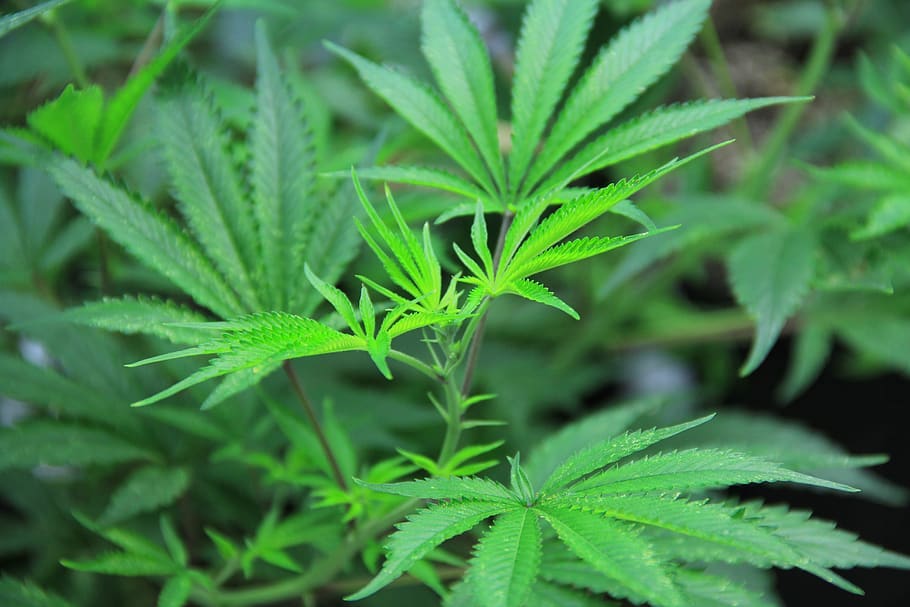A new federally funded study has found that marijuana is “significantly” associated with reduced opioid cravings for people using them without a prescription, suggesting that expanding access to legal cannabis could provide more people with a safer substitute.
Researchers at the British Columbia Centre on Substance Use and UCLA surveyed 205 people who use cannabis and opioids without a prescription from December 2019 to November 2021, aiming to test the theory that marijuana represents an effective harm reduction tool amid the overdose crisis.
The study, published in the International Journal of Drug Policy, found that 58 percent of participants reported that their motivation to use marijuana was to reduce opioid cravings. And a multivariable analysis showed that cannabis use “was significantly associated with self-reported reductions in opioid use.”
“Increasing the accessibility of cannabis products may be a useful supplementary strategy to mitigate exposure to unregulated opioids and associated harm.”
The researchers said that, to their knowledge, this represents the first study of its kind to specifically investigate “outcomes of intentional cannabis use to manage opioid cravings” among those who are using painkillers that they may be getting from the illicit market, which comes with a risk of obtaining contaminated products.
“These findings indicate that cannabis use to manage opioid cravings is a prevalent motivation for cannabis use among [people who use unregulated opioids] and is associated with self-assessed reductions in opioid use during periods of cannabis use,” the study authors wrote. “Increasing the accessibility of cannabis products for therapeutic use may be a useful supplementary strategy to mitigate exposure to unregulated opioids and associated harm during the ongoing drug toxicity crisis.”
The US National Institutes of Health (NIH) and Canadian Institutes of Health Research (CIHR) provided funding for the study. One of the seven study authors disclosed that he has professorship backed by the cannabis company Canopy Growth to research marijuana science at the University of British Columbia.
This is one of the latest pieces of research in a large pool of scientific literature suggesting that marijuana can serve as a substitute for both legal and illegal substances and prescription drugs.
A study published last month linked medical marijuana use to lower pain levels and reduced dependence on opioids and other prescription medications, for example.
Another study published by the American Medical Association (AMA) in February found that chronic pain patients who received medical marijuana for longer than a month saw significant reductions in prescribed opioid dosages.
AMA also released research showing that about one in three chronic pain patients report using cannabis as a treatment option, and most of that group has used cannabis as a substitute for other pain medications, including opioids.
State-level marijuana legalization is also associated with major reductions in prescribing of the opioid codeine, specifically, according to a study that leveraged data from the federal Drug Enforcement Administration.
A study released last year similarly found that giving people legal access to medical cannabis can help patients reduce their use of opioid painkillers, or cease use altogether, without compromising quality of life.
There’s no shortage of anecdotal reports, data-based studies and observational analyses that have signaled that some people use cannabis as an alternative to traditional pharmaceutical drugs like opioid-based painkillers and sleep medications.
Photograph via Pxfuel
This story was originally published by Marijuana Moment, which tracks the politics and policy of cannabis and drugs. Follow Marijuana Moment on Twitter and Facebook, and sign up for its newsletter.





Show Comments